In the ever-present condition of change among things and men, the name of Chappaquansett seems doomed to be forgotten, though once frequently heard the length and breadth of the Island. For few people mention today the Indian name of that curious, low area that lies between West Chop and Makonikey along the Sound shore.
True, the character of the place has greatly changed through the centuries and even through the past few generations. There are no more farms such as the early Vineyarders knew, and the encampments of Indians had disappeared long before that.
A Few Stately Residences
Today it is occupied by a few, and only a few, stately residences, among them the homes of Katharine Cornell, and of Dr. Columbus O. Iselin. The road leading to Chappaquansett and the western side of the Tashmoo herring creek is still of dirt, but t is kept smooth and in good repair for the passage of motor vehicles, and there is the added convenience of telephone and electric lights and power, clear to the low dunes which border the creek.
The heavy wood which lies on the slightly high ground to the south gives way to scrub oak as the beach is neared, and there are still dunes and low sand cliffs along the shore from the east to the west. These things are much as they used to be in all probability although at one point erosion continues to alter the shoreline year after year, chiefly from the action of the gales which blow the sand away from the scrub oak roots, allowing the unsupported trees to topple until a section of the bank has wasted away before the blast.
All in all, it is a pleasant and quiet section of the Island seen by relatively few visitors, and loved by its owners who value it for its remoteness and character. But it was not always like this.
Whether or not it was disputed ground in the days before white people came, there can be no question that it was visited by Indians from various points on the Island. The herring run in and of itself, which was prized for generations by Indian and white man, is guarantee enough that this was so. One might suppose that the sachem of Tashmoo would have exercised ownership of the place, his permanent village being so near, so close, in fact, that a seasonal encampment near the creek would seem to have been unnecessary and an inconvenience to even a primitive people.
Where Indians Gathered
Yet there has been uncovered at Chappaquansett, evidence to show that there must have been such seasonal gatherings of Indians, and that whatever their aims and motives may have been, they were prepared to cope with extremes if they should arise. Such evidence is in the form of middens, not large but extremely old, and of cashes of weapons and tools, chiefly the former.
In the edge of the marsh which sweeps around behind the wide white beach, bordering one of the grassy coves of Lake Tashmoo, there have been found such relics of the first inhabitants, and the finds have been significant. One such cache, uncovered by muskrat hunters, contained scores of arrowheads, dozens of tomahawks, wampum and ornaments, all buried in some sort of order. The size of the find was proof enough that it had been taken to the spot and concealed there fore a purpose.
The number of offensive or defensive items suggested a foreboding of possible trouble. As for the wampum, which has been rarely found on the Island, and the other ornaments, there is no explanation for their presence unless it be concluded that the owners were prepared either to pay for the privileges sought or to fight for them as the case might have been.
Permanent Village Unlikely
The character of that particular portion of Chappaquansett could not have lent itself to the location of any permanent sort of village or even isolated wigwams, being too exposed to gales and storms, and too low, inviting flooding by storm tides and the rising pond, the opening of which closed and opened at the will and pleasure of the elements of that day.
The white settlers came eventually, and along with other land purchases they acquired Chappaquansett, clinging to the name as they did in all other places as long as the place remained a neighborhood. For farms were established up and down the shores, and houses were built on the rising land in back. The marshes provided the salt hay that was prized everywhere, and the pond and creek supplied much of the living of these people.
It is difficult today to know exactly how many family lived there when the permanent population was at its peak. Indeed it is difficult to know exactly where Chappaquansett began and ended. There were too many of these old neighborhoods, identified for the most part by their Indian names. Perhaps such places as Tashmoo, Christiantown, Davistown, North Shore, Webataqua and others, overlapped - no one can be quite sure about this.
Established Their Lookout
But the character of the town and village on Vineyard Haven harbor changed, and the amphibious inhabitants of Chappaquansett changed also. The farmer-fishermen became shore-whalemen and eventually, pilots. Somewhere back on the rising ground they established their lookout, and when a ship was sighted the small sailboats put out from Tashmoo or off the Chappaquansett beach.
Rivalry of the keenest variety sprang up between the men of Chappaquansett and those of the lower end of Holmes Hole, the West Chop people, and many were the races sailed and rowed up the Sound to meet the incoming ships from blue water which would need a pilot.
Tales have been told of the Chappaquansett pilots through the generations. Names have been mentioned of men long dead and wholly forgotten. A couple of these tales will bear repeating, now that no relatives of the chief characters are known to remain.
One concerns a man given to over-indulgence in liquor. It was said that he was not only a most capable pilot, but a boatman extraordinary. Furthermore, given a few drinks of liquor and he would take the wildest of chances imaginable in order to win a race to an incoming ship. That he possessed certain qualities not common among his brethren, seems apparent from the fact that he provided himself with unusual conveniences aboard his boat, a small, double-ended craft, capable of being pulled with oars or sailed, and either towed astern of a ship or hoisted aboard. The pilot had built himself a cabin of sorts in which he could take shelter and sleep.
Braved Cold Winds and Sea
From the trend of the tales told, it would appear that the business of piloting was most active in winter, or certainly in cold weather, and the pilots of Chappaquansett and West Chop, Gay Head and all other points, braved fearful cold, winds and sea as they sailed their races. Words of ships approaching “soundings” often seemed to have reached the Island far ahead of the ships themselves. There could have been various reasons for this, but having had the word, the pilots would on occasion leave home in advance of the ship’s being sighted, and wait somewhere off the mouth of the Sound as long as they were able.
It was of these things that the Chappaquansett pilot was thinking when he built his cabin aboard his boat, and according to the story he sailed out of the Sound half-drunk, and a gale of wind, to waylay a ship. Somewhere far to the southwest, with night coming down, he hove his boat to, perhaps to a sea anchor, went below and fell asleep.
Came the dawn and he awoke to find that the spray had frozen around his cabin doors and had barricaded him below. He worked and actually fought for a time, until he had crashed through the doors. And then, as he gained the cockpit, there laid the ship, with her topsails a-back, waiting for him to come alongside! The other tale is wholly tragic.
His Sons Went Along
It was a fisherman-farmer of Chappaquansett, a man who served also as a pilot, who was the prominent figure in this story. Virtually nothing is known of his boat, except that it was a small, open craft capable of being sailed or rowed. And it is likewise known that in common with the practice of various others, this pilot did not normally go alone when he set out to board a ship, but took company along to return home with his boat.
He had two sons who are assumed to have been in their teens and took both with him. His reasons may have been various, but as it was mid-winter and bitterly cold, probably blowing heavily, he may have felt that two oarsmen could handle the boat with far greater ease than one. And thus the three sailed for the mouth of the Sound.
Of the subsequent happenings no one ever knew anything save that the expected ship did not appear. Tossed about in their small boat, the three are assumed to have waited, hoping that they might see her topsails rising, or after nightfall, her running lights. If they glimpsed either, no one ever knew. Later, and it is not known how much later, the boat, half-filled with water, was found, and in it were the bodies of the father and his sons, frozen stiff. Cold and exposure had accounted for the triple tragedy.
There is evidence, sparse but reasonable, which indicates that the wife and mother was left alone and that the farm at Chappaquansett was hateful to her after her terrible loss. The evidence further indicates that she went to live with a married brother, many miles from Chappaquansett, and that in some manner, she managed to take her house with her.
How It Happened
Certainly the house was moved from Chappaquansett, and just as certainly it was attached to another exactly like it to form a larger dwelling. Various Islander carpenters have remarked upon this piece of work through the years and have wondered why and how it came about.
This is the story, as it has been handed down through the generations, with no embellishments. The house is still standing and is occupied, but its former site at Chappaquansett is not known nor could it be determined easily if at all, today, so completely were the former home and family of the pilot obliterated from the place.
Something caused the abandonment of Chappaquansett at one period of its history. There came a time when no person lived in the area which commonly has borne the name. There may, indeed, have been an empty, decaying house left standing upon an abandoned farm, but no more than that for a space of years. And then the beauty of the place offered an appeal to some of those who desired seasonal residences on the Vineyard, not too far from a village, for those were still the days of horses and buggies, not to mention delivery-wagons for groceries and coal.
Houses were built. Large, stately houses, but only a very few in the midst of broad acreage. There are just occasional old-timers who will occasionally mention “the Eagleston Place.” This estate included two, possibly three, dwellings at one time, and it was at Chappaquansett.
A Scattered Colony
But it was many years before real interest developed. One by one, however, other houses were erected. It is not like a village today, rather a scattered colony, with several seasonal residences and one or two that are occupied the year-round. True Chappaquansett “backs up” to the Tashmoo area where several families live the year-round.
But the dune section, the beach section, and the rising land behind it, all are definitely a part of the old stamping-ground, whatever it may have been used for; the area where the amphibious residents lived when the country was new; the home of Revolutionary blockade-runners, and of patriots (?) broad-minded indeed, who thought it no sin to give aid and comfort to the enemy, providing said enemy paid for the same in “hard” money.
And still, despite the increase in the number of houses, of lawns and flower beds, automobile roads and singing telephone wires, Chappaquansett is wild. The shadbush flowers in spring to announce the coming of the scup, mountain-cranberries grow on the slopes, and thorn-bushes and green-briers furnish cover for the strikes on one hand and the rabbits and quail on the other.
When the Heron Wade
Tall, blue heron wade in the marsh-pools and barely notice the cars that pass a few rods away. Black ducks nest on the edge of the marsh and brush-covered tussocks, and loons parade daily up and down, surveying things ashore between their dives below for whatever loons eat.
Seldom indeed is a gun heard in this area. It would be too difficult to recover the game in many cases, and the wildlife knows all about this of course, which is the reason why seven song birds nest in one low thorn-bush. What kind? One wouldn’t know. That is one of the things that Chappaquansett keeps to itself. It is a place of mystery anyway, but its charm is enduring and of a variety always new.




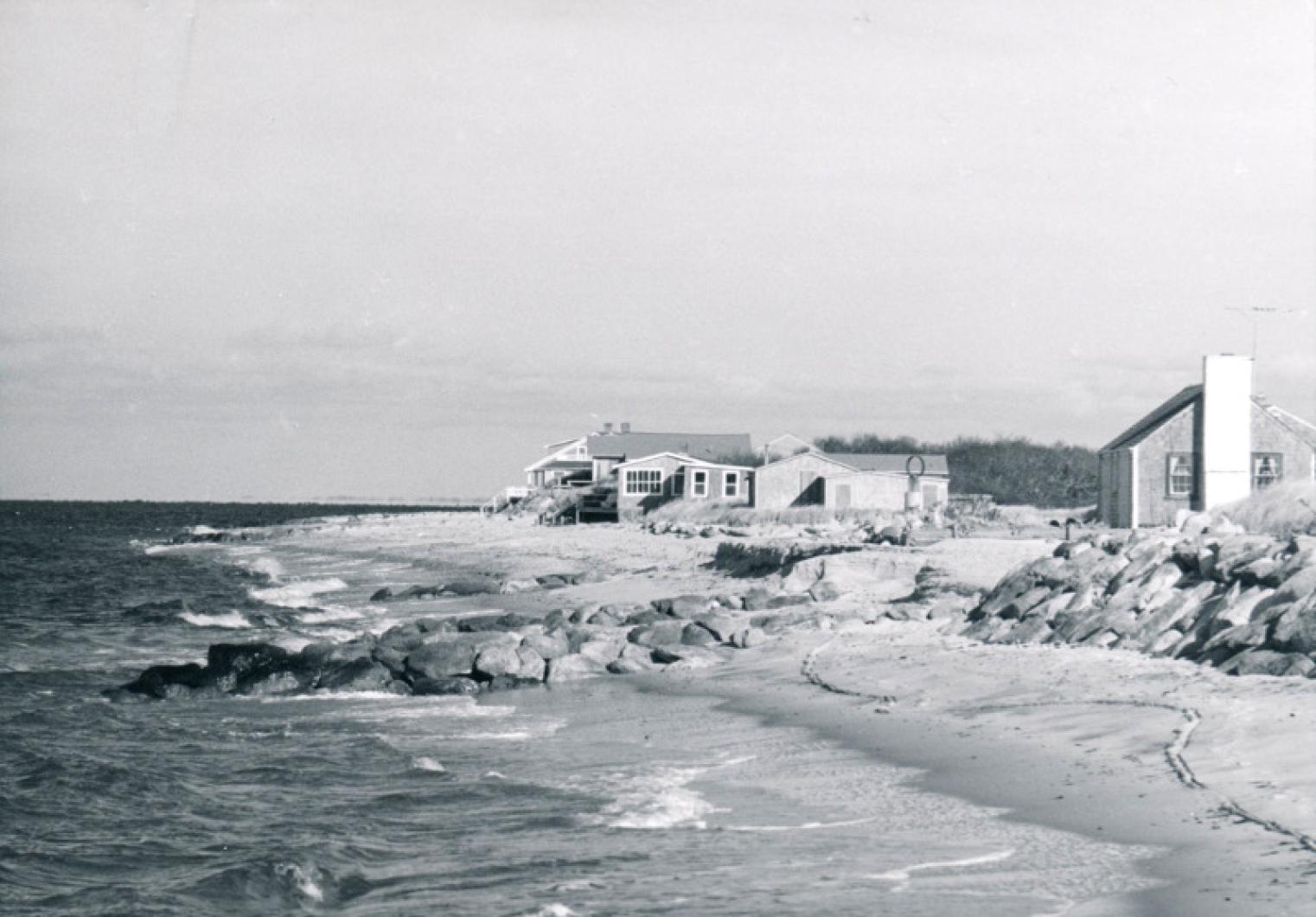
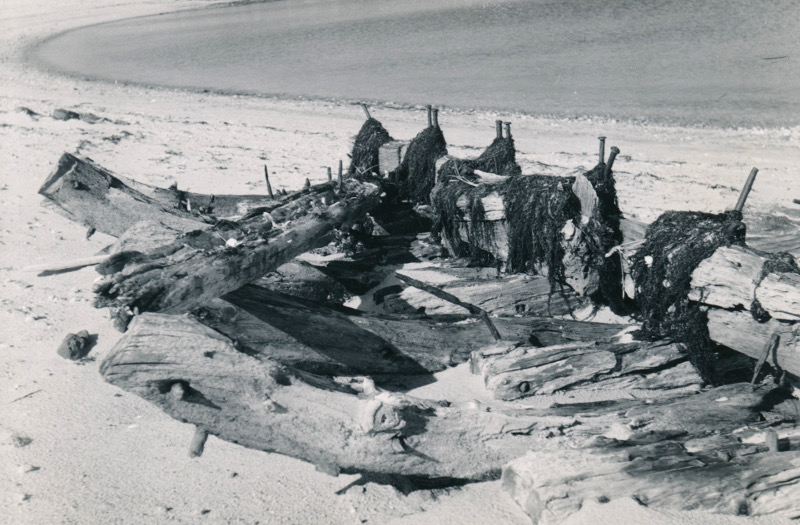
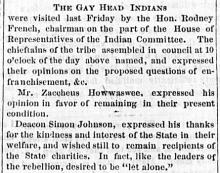
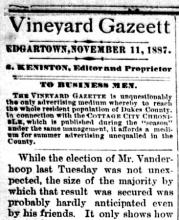
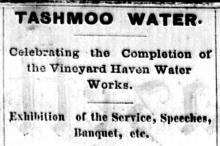

Comments